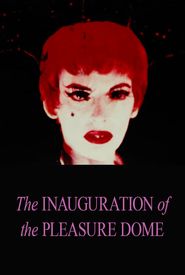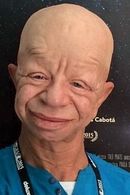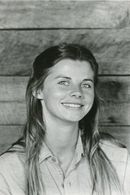Renate Druks was a multifaceted American artist, born on January 2, 1921, in Vienna, Austria, to a Jewish family. She studied at the Vienna Art Academy for Women before fleeing to the United States with her American husband and young son, Peter, in 1938.
Druks' artistic journey continued at the Art Students League, where she refined her skills. She later spent several years in Mexico, soaking up the vibrant cultural atmosphere, before finally settling in Los Angeles. Her Malibu home became a hub for artistic gatherings, including a memorable party that inspired Kenneth Anger's 1954 film, Inauguration of the Pleasure Dome.
As a painter, Druks was drawn to surrealism, often incorporating themes of paganism, tarot, and the occult into her work. Her subjects were predominantly women and cats, and her style has been likened to that of Leonora Carrington and Leonor Fini. Despite her unique style, Druks' paintings received little commercial recognition during her lifetime.
However, in 2021, a collection of her paintings was exhibited at Max Levai's Ranch gallery in Montauk, New York, more than 50 years after her last solo show. This belated recognition was a testament to Druks' enduring talent and dedication to her craft.
Druks was also a close friend and muse to several notable artists, including Anaïs Nin, Marjorie Cameron, and Kenneth Anger. Her friendship with Nin was particularly significant, as she illustrated and published Nin's memoir, Portrait in Three Dimensions, in 1979. The two collaborated on a screenplay adapted from Nin's novel, Collages, which was inspired by Druks.
In addition to her painting, Druks was an accomplished filmmaker. Her 12-minute documentary, A Painters Journal, explored her creative process in 1967. Two years later, her short film, Space Boy, was nominated for a Grand Prix at the Cannes Film Festival. This sci-fi horror film was intended as a sequel to Curtis Harrington's 1966 film, Queen of Blood.
Throughout her life, Druks was drawn to the mysterious and the unknown, often incorporating elements of Thelema, the occult movement founded by Aleister Crowley, into her work. Her legacy as a painter, filmmaker, and muse continues to inspire artists and art enthusiasts alike.





















